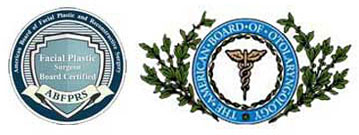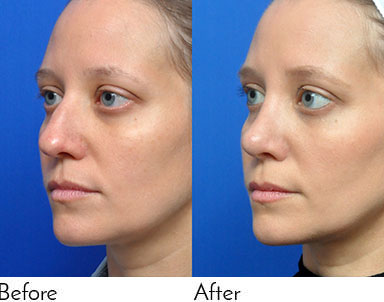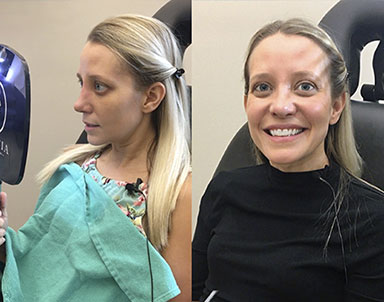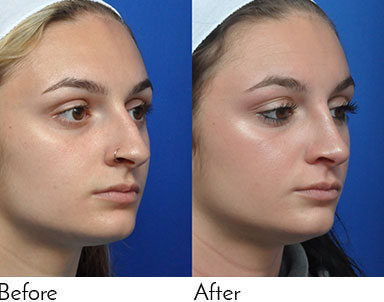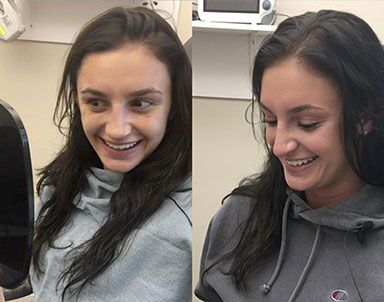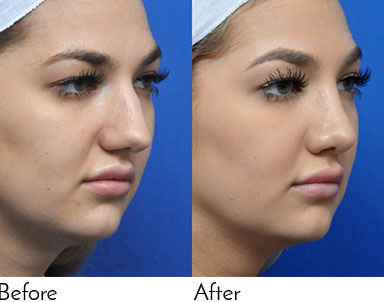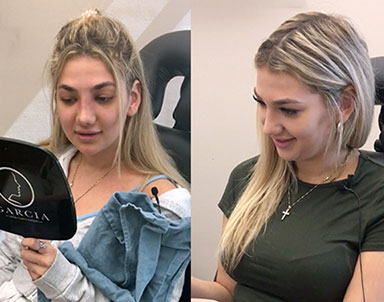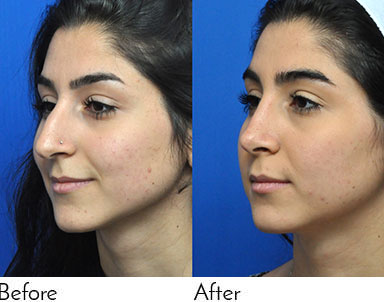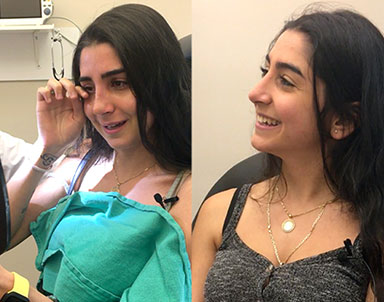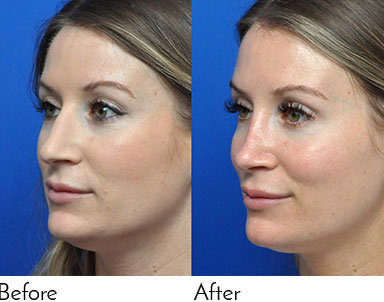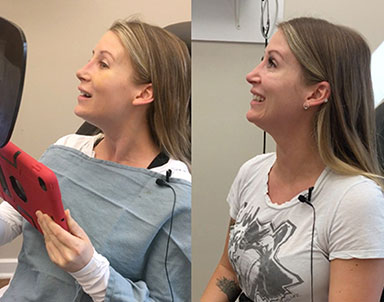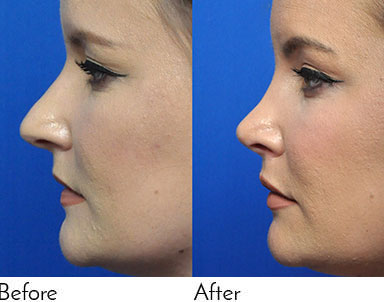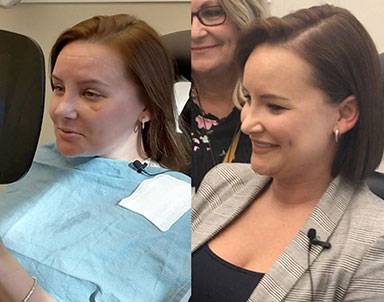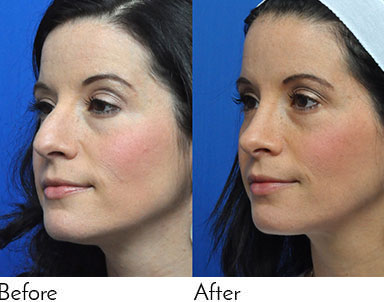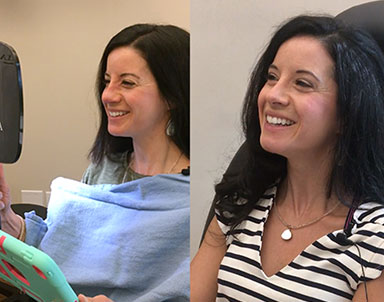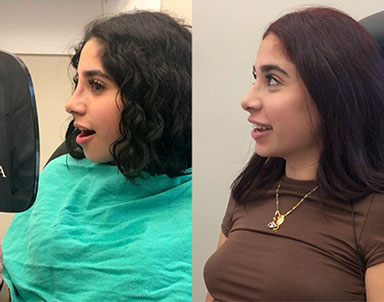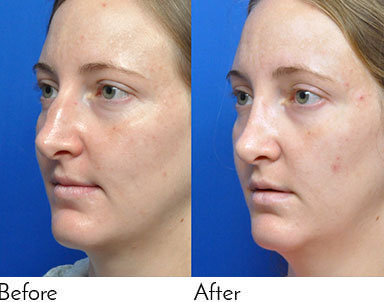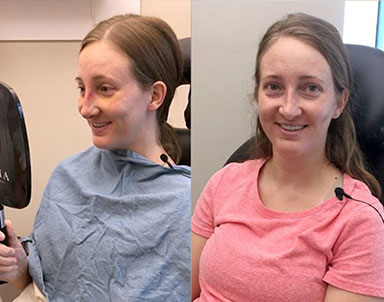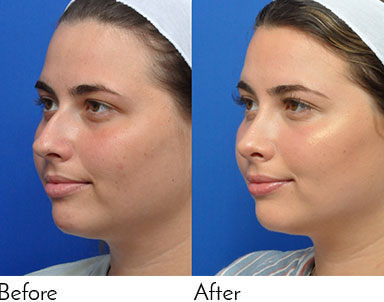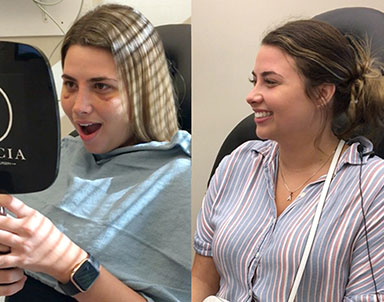Chemical peels are wrongly stigmatized with respect to their side effects and results. Many people believe that all chemical peels cause the skin to be red for weeks following a treatment. Some people also believe that chemical peels can negatively affect your skin pigment. There is much more to chemical peels, especially at Garcia Facial Plastic Surgery. Below, we’re going to break down various chemical peels and explain how each peel truly works.
Light Chemical Peel
Light chemical peels are also referred to as “superficial” peels because they only affect the outer layer of skin, known as the epidermis. Light chemical peels exfoliate dead skin cells that sit on the skin’s surface, revealing a brighter and more refreshed appearance. These peels yield little to no downtime and are associated with little to no redness.
Medium Chemical Peel
The medium chemical peel goes into the dermis and is ideal for skin tightening, minimizing wrinkles, and reducing hyperpigmentation, brown spots, and sun damage. A medium depth peel will also stimulate collagen. This peel can have a one to two-week downtime, depending on the percent used. Downtime usually consists of flaking and/or sheet peeling, depending on the type and percentage of the peel being used.
Deep Chemical Peel
Deep chemical peels are used for more serious wrinkles and sun damage. This peel is usually phenol-based and is always administered by a doctor as it requires an IV sedation. This peel is associated with a significant downtime.
Which Chemical Peel is Right for Me?
To learn more about these chemical peels and determine the type of peel that is best for you, contact us today for an appointment with Lori, aesthetician, at Garcia Facial Plastic Surgery. Lori is well-versed in chemical peels and all skin tones, with sixteen years of experience.




